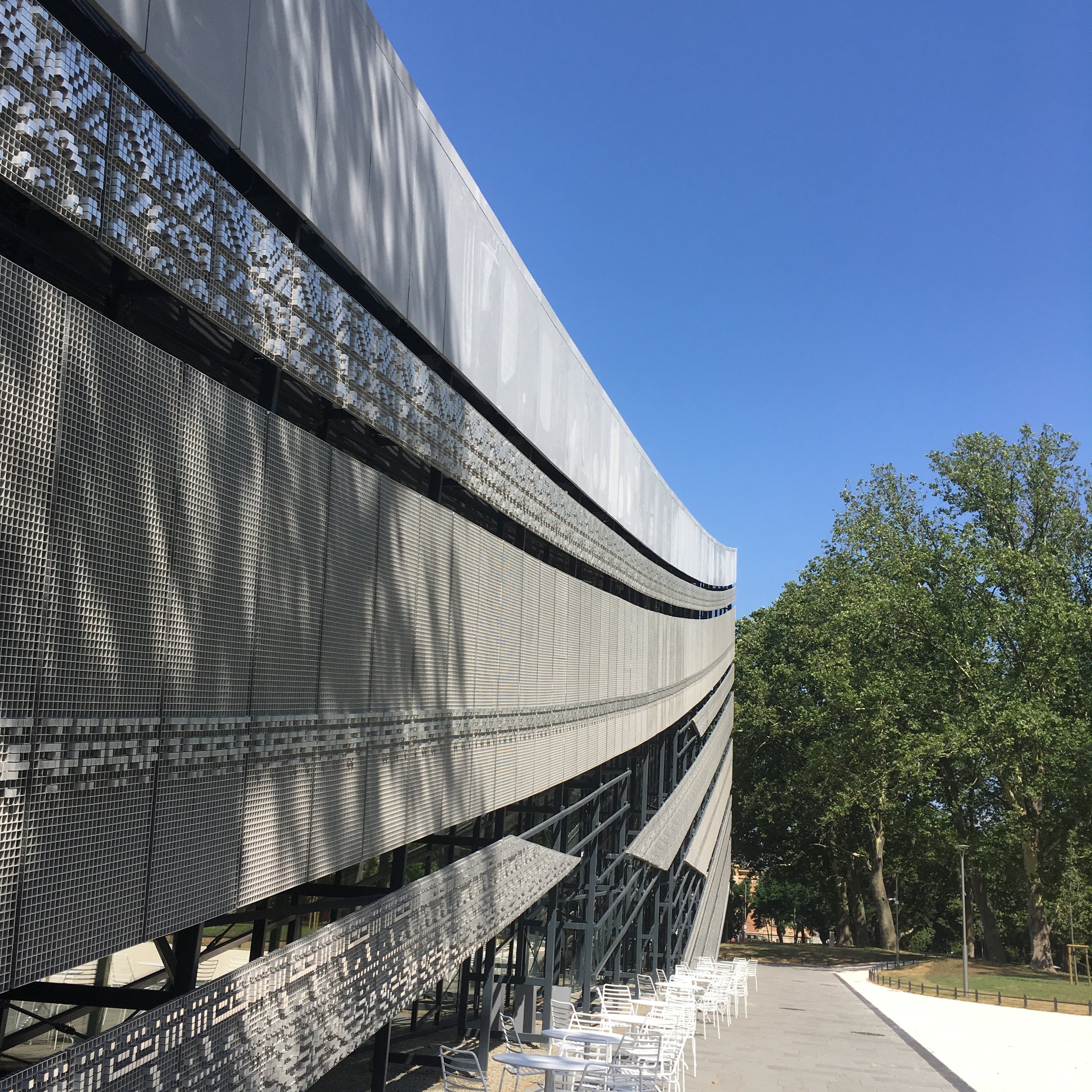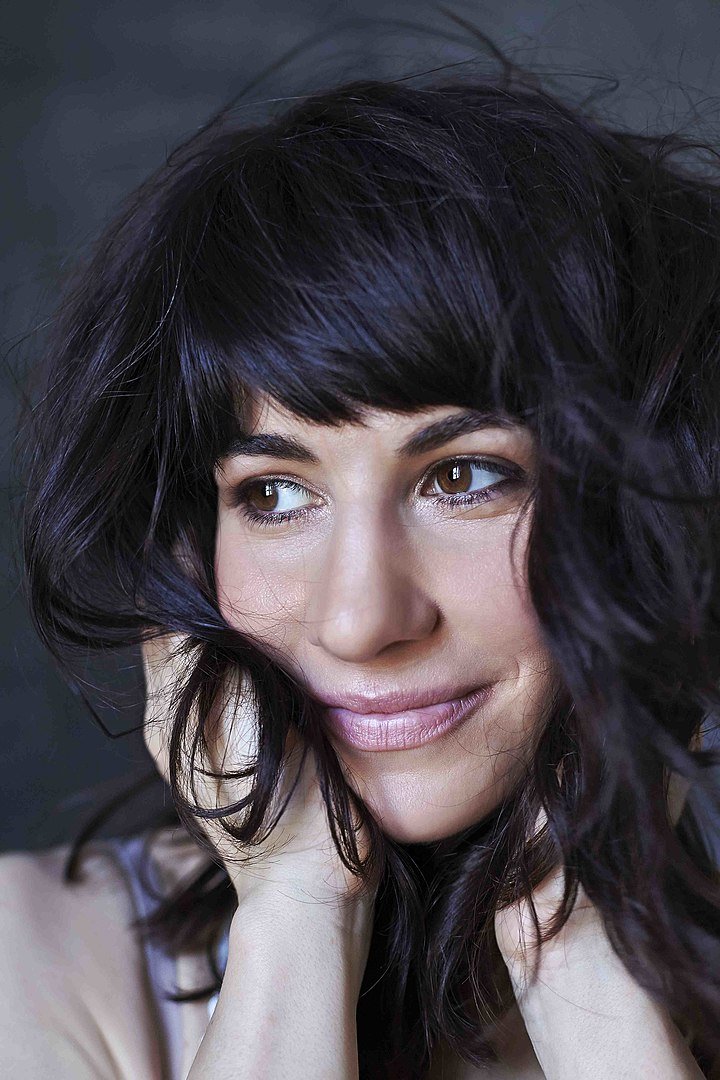Walken This Way: Christopher Walken Coming to Budapest
zita kisgergely
Screenshot from music video “Weapon of Choice”
Though the second part to the Denis Villeneuve’s Dune has been in the works for a while, it was only recently that it was announced that much of the shoot would happen in Budapest in the coming months. This should be no surprise, as the director has a strong relationship with the local industry, having made both Blade Runner 2049 and the first instalment of Dune here.
Equally welcome is the news that icon of odd, Christopher Walken, joined the cast and will also be in the city this summer. While filming will no doubt keep him busy, we’ve put together a short, fun ‘bucket list’ of activities to do in his free time, based on previous roles he’s played.
via the Kerepesi Cemetery website
Gabriel, The Prophesy: Having played a dark angel in this 1995 supernatural thriller, we suggest a visit to the place where dark angels hang out: Kerepesi (or Fiumei) Cemetery. With its ornate and imposing crypts and gothic gravestones, Kerepesi Cemetery is one of the most under-appreciated sites in Budapest. Almost 200 years old, it is the resting home to many of Hungary’s most famous artists, revolutionaries, and scientists. Enthusiasts of romance, poetry and art will love the ambience of the cemetery, fit for a dark angel.
via the Auguszt Cukrászda website
In Catch Me If You Can, Walken’s character makes a famous speech about a mouse who churns cream into butter to save its life. We are thankfully short on mice, but there is butter a’plenty in the delicious pastries at Budapest’s famous bakeries and confectioners. The best that is still considered ‘local’ is perhaps Auguszt Cukrászda, at various locations in Budapest. Pictured is a traditional Hungarian Dobos Torta, made with lots of of chocolate butter-cream.
via the New York Cafe website
In Abel Ferrara’s’ King of New York, Walken plays a Robin Hood-like mafia boss. And a café fit for a royalty, particularly a king of New York, would have to be Budapest’s famous New York Café, with its pristine Italian Renaissance-style interiors. Over 100-years old, the café was once home to the cream of literary society, during turn-of-the-century ‘golden era’ of Hungarian café culture.
Normafa, via the Normafa Park website.
Walken’s darkest role was perhaps the nihilistic American prisoner-of-war in the acclaimed 1970’s film The Deer Hunter. We are only hoping his days as a ‘hunter’ are over and he can explore the wooded areas of Budapest’s outskirts unarmed. For instance, there is the picturesque Normafa Park in deep Buda, a favorite place for long solitary walks among the pines covered hills. A place to immerse yourself in natural surroundings, all the while inside the boundaries of a great modern metropolis: Budapest, only made better by the presence of this iconic actor.
Flatpack Films has many years of experience dedicated to offering expert servicing. It has brought the best of Hungary to countless brands, agencies, and production companies through its unique locations, exceptionally skilled crews, top of the line equipment and technical solutions. Backed by an impeccable track record, Flatpack Films has worked with world-class clients including Samsung, Samsonite, Toyota, Braun, Chivas Regal and many more - bringing their projects to life through a highly bespoke approach.



















































